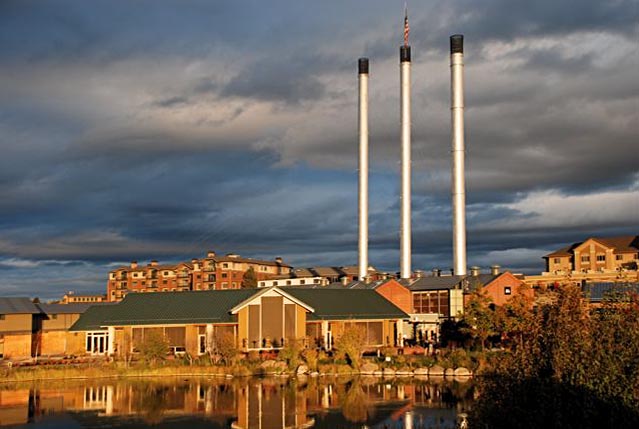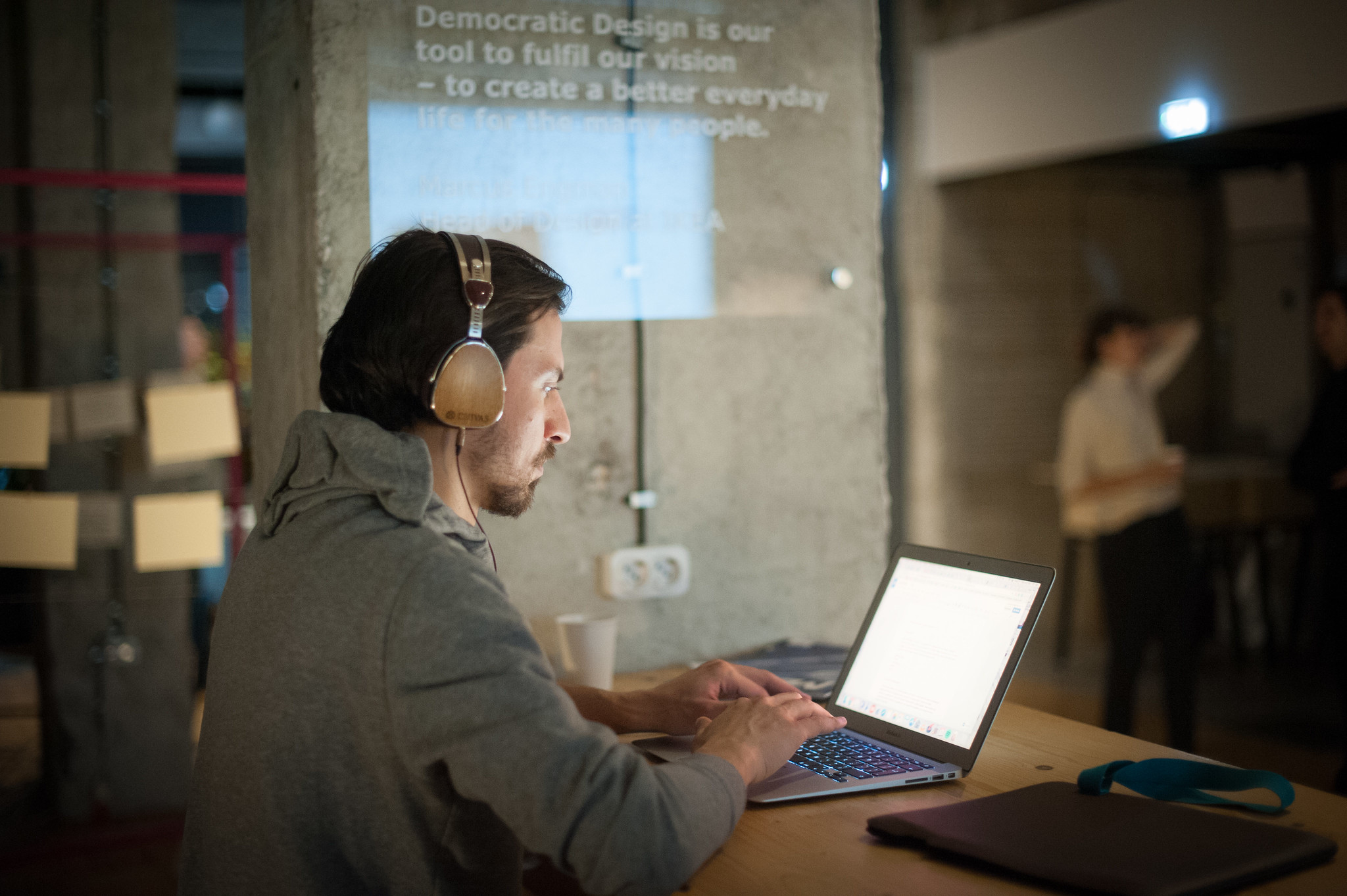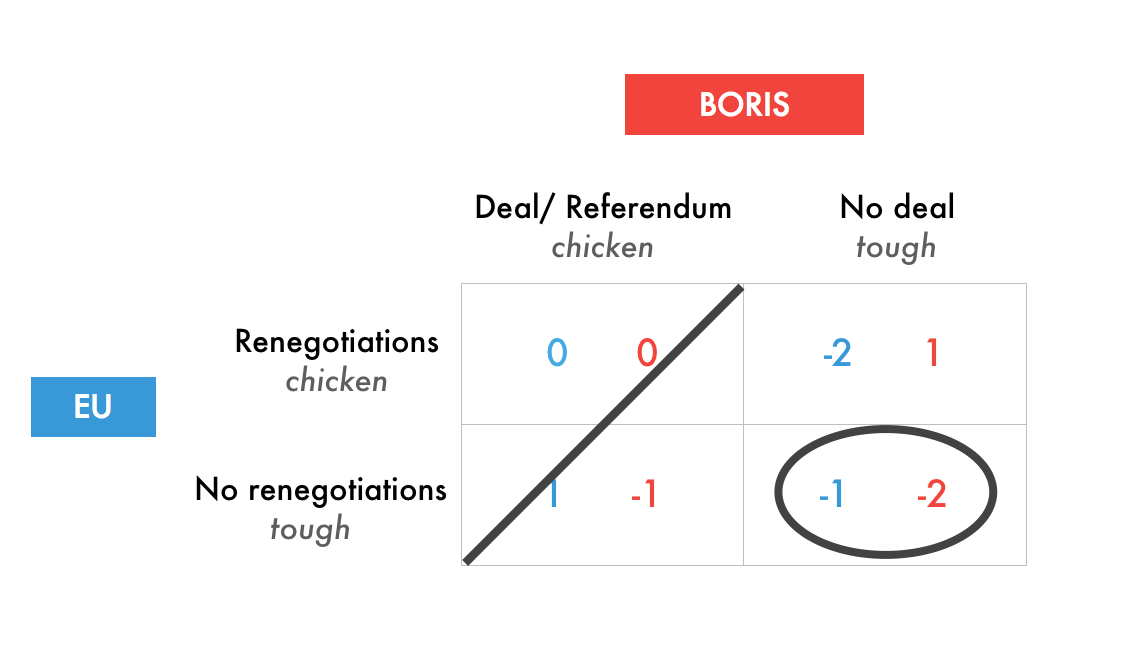For the residents of Bend, OR, the definition of a day fulfilled is when you can cram three outdoor activities into 24 hours. The small, central Oregon city, on the banks of the Deschutes river and in the shadow of Mt Bachelor, attracts a self-selecting populace of hikers, skiers, rock-climbers, white-water rafters and cyclists. Many are remote big-city transplants, craft brewers or employees in the outdoor tourism industry. Some super-commute by cessna all the way to the Bay Area or Seattle.
Like most cities in the West, Bend is relatively young, with pioneer origins and an economy once built around its sawmill. Today it houses a population just shy of 100,000, nearly double that of 2000.
The city of Bend may also well be a model of the future.
A tale of three cities
Last summer, in a lengthy report titled “the future of work in America”, McKinsey consulting firm broke down every US county into 13 categories based on demographics and economic performance. The report confirmed much of what’s already been observed in the aftermath of the Trump election: the vast bulk of post-recession growth has taken place in mega-cities like New York and Chicago, as well as high-growth, tech industry hubs like Austin, Denver and Portland. Meanwhile, rural counties (dubbed “distressed Americana”) have worse than stagnated, with fewer jobs in 2017 than 2007.
The fastest growth, however, has not taken place in the Seattles and the LAs, but in what McKinsey calls niche cities. These are the small cities that have been able to thrive by capitalising on a unique feature — a snowbird retirement community (Naples, FL), an offshoot tech industry (Provo, UT), or outdoor tourism (Bend, OR). These “small powerhouses” are home to the fastest GDP growth, fastest employment growth, and highest net migration in the nation, outpacing even the Bay Area.
The coronavirus pandemic may have exacerbated the urban retreat, but it’s hardly the cause — big-city growth has been slowing for at least half a decade, according to a recent Brookings Institution study. It’s a reversal that’s been several years in the making, as large urban centres demand an unreachable cost of living.
“We can’t build nearly enough housing in our cities with surging economic potential — which results in crazily skyrocketing housing prices in places like San Francisco, making it nearly impossible for regular people to move in and take the jobs of the future,” said investor Marc Andreessen, in a plea to build that took over VC Twitter last week. While Andreessen proposes more development, however, housing policies consisting of strict zoning laws, home ownership incentives and an insistence on single-family homes have made it all but impossible to build. Instead, young, educated workers, tired of the going San Francisco or Brooklyn rent, are throwing in the towel and heading to middle America.
Another report by Heartland Forward backs up this trend, identifying Midland, TX, Lake Charles, LA, Fargo, ND, among the top metropolitan areas for the Millennial generation. “Our findings reveal a different and more positive story for the Heartland than some stereotypes would suggest,” said lead researcher Joel Kotkin in a statement. “Some of the nation’s fastest-growing communities are in the Heartland, and as a whole, the region is now younger than the rest of the country.”
Now, the pandemic may be helping this trend. “The current pestilence is likely to accelerate those shifts, which bear major ramifications for how Americans get to work,” Kotkin wrote in the Washington Post. “Just as progressives and environmentalists hoped the era of automotive dominance and suburban sprawl was coming to end, a globalized world that spreads pandemics quickly will push workers back into their cars and out to the hinterlands.”
Remote corners
Small cities may benefit from another pandemic-induced trend: working from home. Some municipalities like Tulsa, OK and the state of Vermont have already caught wind of this strategy and are even paying remote workers to relocate there.
Freed from the chains of their commute, a new remote workforce will no longer be limited to the expensive cities where all the jobs are, and places like Bend offer housing and an outdoorsy lifestyle that would be unattainable in Silicon Valley (“Spend an afternoon dipping your kayak paddle in the crystal clear waters of the Deschutes River or plunging through pristine fields of fresh powder on your snowshoes,” reads Bend’s tourism website). It’s no wonder that in a small city index put out by the Milken Institute, Bend has consistently ranked first.
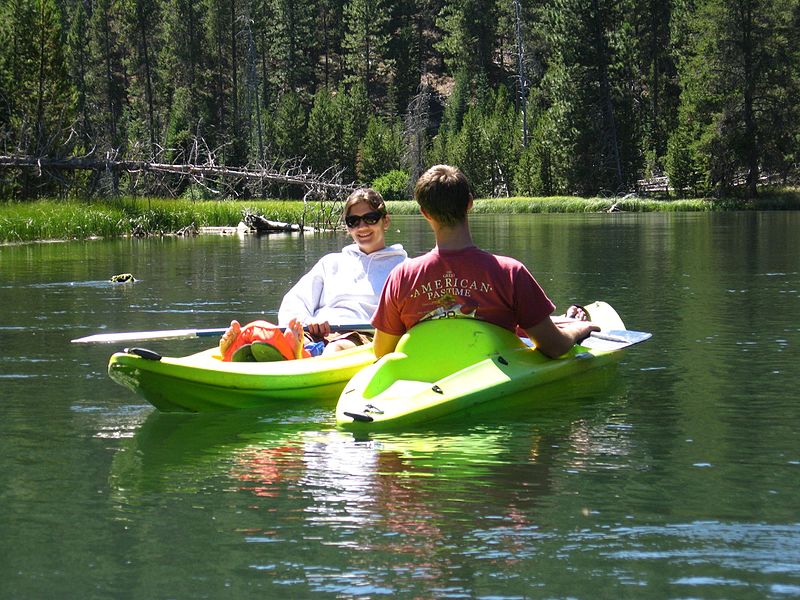
Indeed, Bend already houses an unusually high proportion of remote workers — over one in 10 residents work from home, ranking the county fifth in the nation for telecommuters. Many of the top contenders, such as St George, UT, or Boulder CO, sit in the work-at-home-friendly overlap of natural beauty and modern convenience.
“The outdoor opportunities are often cited as a key draw, but I’d hazard a guess that the presence of the sort of urban amenities folks do enjoy in larger metro areas — restaurants, a major hospital, good broadband service, a regional airport nearby, etc — also play a role in making Bend attractive for remote work,” said Ben Hemson, the City of Bend’s business advocate.
Blind Bend
Those thinking of relocating, however, should not expect a friendly reception. When asked if the city could benefit from such a migration, “This is going to be a loaded question to a lot of locals,” said one Bend resident. “If Bend can grow a non-tourism, more stable-based industry? Sure. If the growth is from people leaving Seattle and SF with a bag of cash to work in their basement, the feelings will be more mixed.”
Others worry that urban transplants will be transplanting their housing crises with them, a resentment familiar to anyone who’s seen their city gentrify over the last few decades. Often, it’s the very cities these Bend newbies are coming from — in Seattle, bumper stickers protesting the influx of Amazon employees are a common sight.
“I suppose you don’t have the luxury of reading what Bendites say about more people moving to Bend on social media, but I can tell you, most people don’t view it as a ‘benefit,’” said another local. “Despite having no source of industry — except tourism — people from Bend have a very xenophobic view of ‘outsiders’. Even someone who’s only lived here for a few months learns to parrot hatred towards ‘Californians’ ruining our ‘way of life.’”
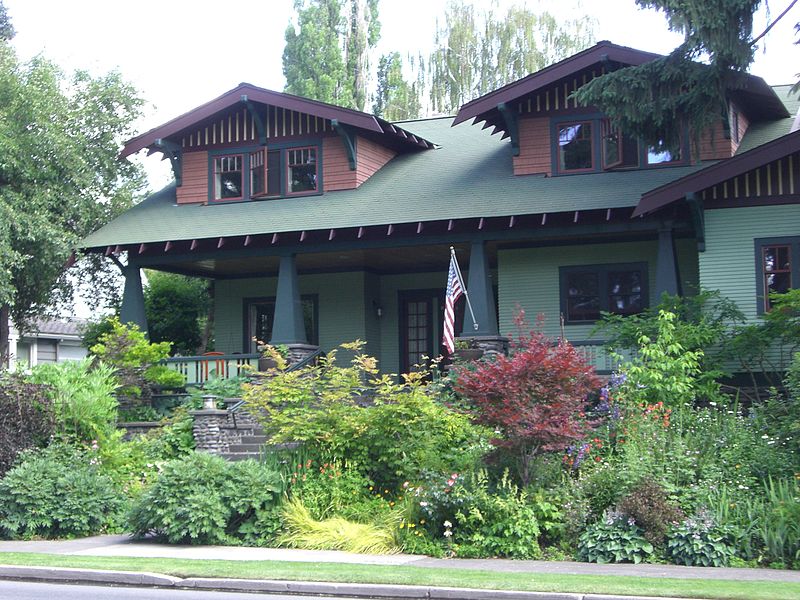
Some residents are taking it upon themselves to keep Bend from turning into a San Francisco 2.0. While many big-city housing efforts are getting bogged down by NIMBY (not in my backyard) activists — the enemy of urban developers — Bend has formed its own YIMBY (yes in my backyard) campaign, aiming to keep housing prices down by keeping supply up.
As for the coronavirus impact, however, it’s hard to see any cities emerging as winners. Bend’s tourism industry has been hard-hit by lockdown, while Deschutes County has one of the highest unemployment claims rates in Oregon, Hemson said. “That said, if remote work continues to gain acceptance after the pandemic Bend would likely continue to see growth in that area,” he added.
Two things that can help recovery, Hemson said, are available, affordable housing, and the resumption of easy air travel. “Having easy access to most major cities in the western US is a major benefit for folks that may be called back to their office on occasion,” he said. Big cities may not be so irrelevant after all.
